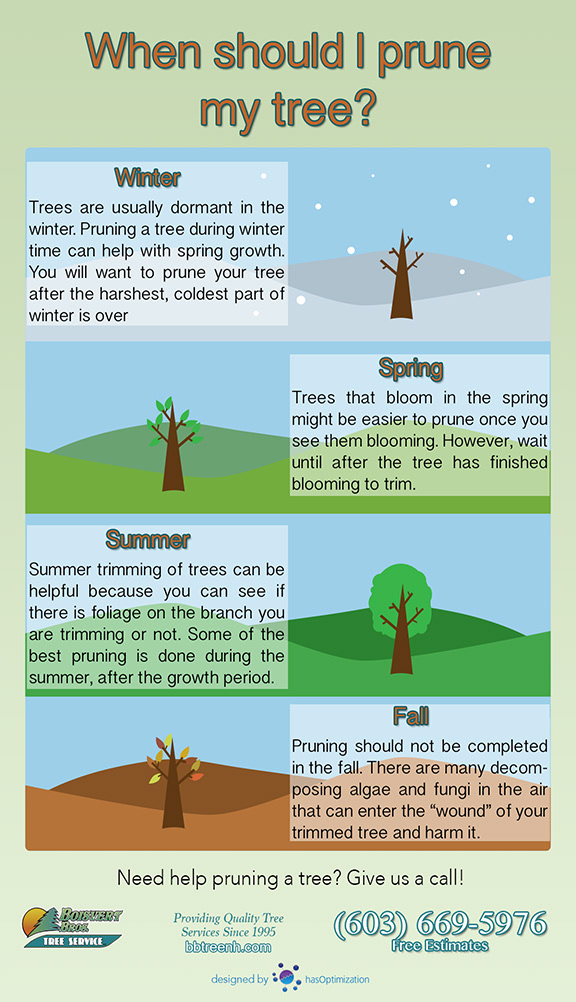When it involves creating a landscape that prospers, mastering the art of tree trimming is a must. Envision having the ability to sculpt your trees with precision, ensuring their vigor and elegance for years to find. By discovering the vital methods for proper cuts, timing, and structural training, you hold the trick to a successful outdoor area that will certainly impress all who encounter it. Yet how do these trimming methods genuinely affect the health of your trees and the total landscape aesthetic?
Appropriate Trimming Cuts for Tree Health
When it comes to preserving the wellness of your trees, making correct pruning cuts is vital. Incorrect cuts can result in condition, insect infestation, and general tree decline. To make certain the vigor of your trees, constantly begin by using sharp, clean tools to make accurate cuts.
Begin by recognizing the branch collar, a puffy location where the branch connects to the trunk. Reducing simply outside the collar helps promote proper recovery and decreases the danger of infection. Avoid leaving stubs as they can welcome bugs and diseases right into the tree.
Bear in mind to make cuts at a minor angle, sloping far from the trunk, to prevent water from pooling on the wound. Additionally, remove any kind of dead, damaged, or going across branches to enhance air circulation and sunlight penetration.
Timing and Frequency of Pruning
To keep the wellness and structure of your trees, recognizing the optimal timing and frequency of pruning is vital.
The best time to prune trees is usually throughout the dormant season in late wintertime or early spring. Trimming during licensed arborist promote new development once the tree starts budding in the spring.
Nonetheless, some trees, like spring-flowering ones, are best pruned right after they end up flowering to prevent removing following year's flower buds.
Routine pruning is necessary, however the regularity relies on the tree varieties and its growth rate. For the majority of trees, an annual assessment to remove dead, diseased, or crossing branches is advised. Young trees might call for more constant trimming to establish a solid structure, while mature trees might just require upkeep pruning every couple of years.
Prevent trimming throughout the fall when conditions are a lot more conveniently spread out, and avoid heavy pruning throughout the summer when the tree is proactively growing.
Training Young Trees for Structure
For developing strong and healthy and balanced trees, training young trees for optimum structure is vital. By shaping a tree when it's young, you set the structure for a sturdy and visually enticing fully grown tree.
Begin by identifying the main leader, which is the main upward-growing branch. Encourage hedgerow maintenance by pruning away competing leaders, aiding the tree establish a solid central trunk. In addition, eliminate any branches that expand internal or downward, as they can create architectural concerns as the tree grows.
It is necessary to area out lateral branches evenly around the trunk to promote balanced development. As the tree matures, remain to monitor its development and prune as needed to preserve its form and framework.
Appropriately trained young trees are much less likely to develop weak crotches or overcrowded branches, lowering the threat of damage during storms. Spending time in training young trees will certainly repay with a wonderfully structured and resilient tree in the future.
Final thought
Now that you have grasped the vital strategies of tree pruning, your landscape gets on its method to prospering. By using sharp devices, making precise cuts, and correctly timing your pruning sessions, you are ensuring the wellness and long life of your trees. Keep in mind to routinely evaluate and preserve your trees to maintain them flourishing. With your newfound expertise, your landscape will remain to expand perfectly for several years to find. Keep up the great work!
